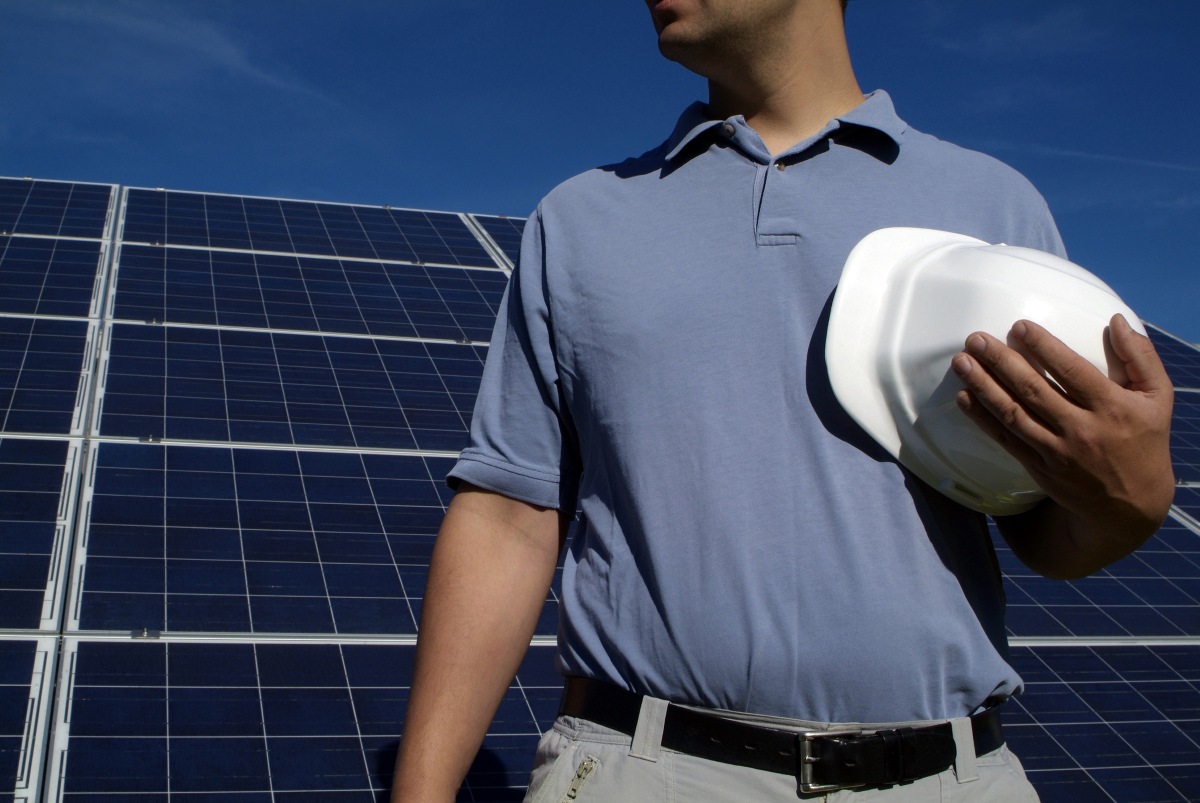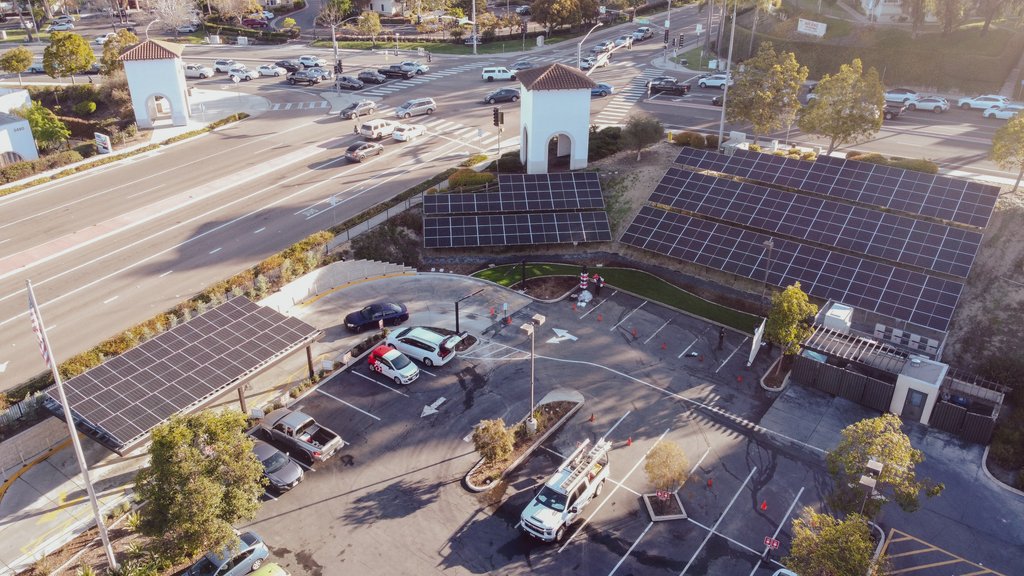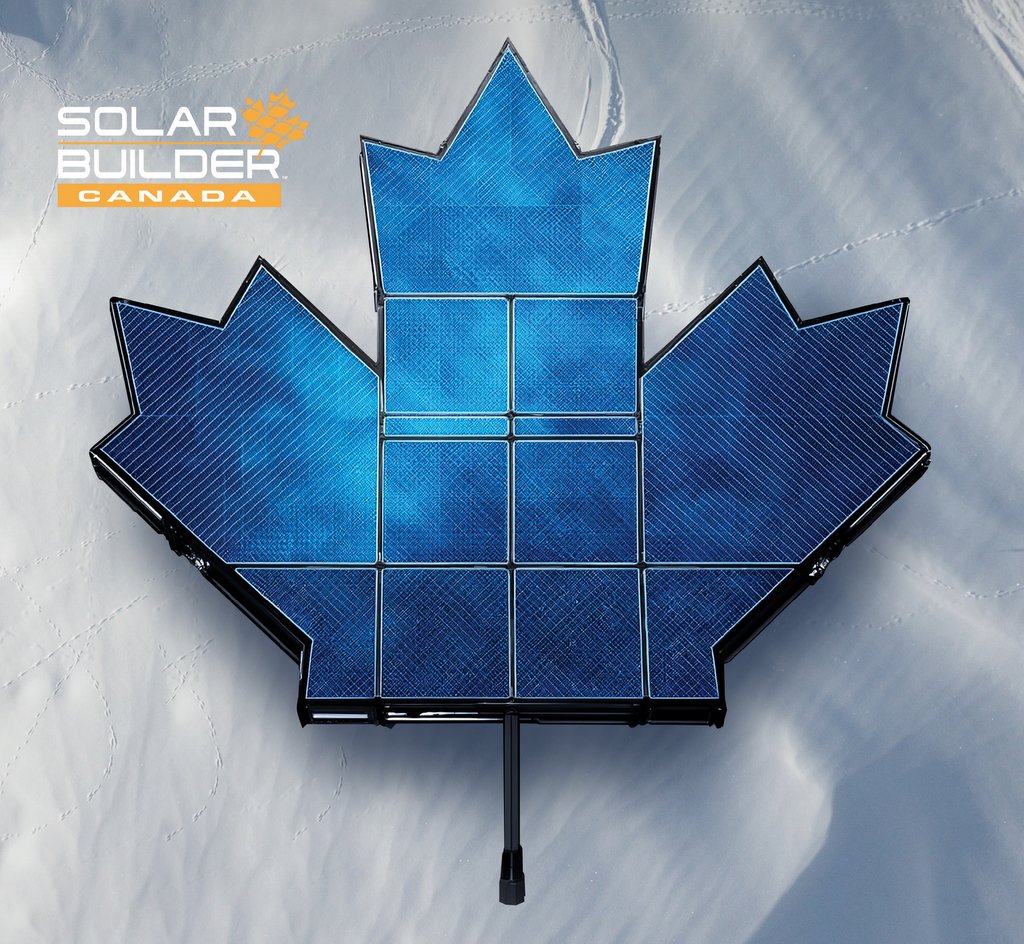Avoid these issues when routing bifacial module wires in solar tracker torque tubes

Bifacial modules continue to have prominent market share in the utility solar segment. These modules continue to have a significant impact on the industry because they completely change wire management and how the wires are routed.
To prevent shading and maximize output, developers are putting a focus on routing the wires where that shading is minimized, which almost always ends up on the torque tube.
While the torque tube is a convenient place to route the wires, it also provides a number of challenges. There are limited attachment points to where you can mount wire management device, leading to limited options like a long cable tie.
Often with a cable tie, the wires are then directly routed on the torque tube. While this is a relatively safe place to keep wires away from harm, you still have many pinch points that absolutely have to be avoided like bearings, brackets, and motors. PV cable as a whole do not hold bend radiuses easily, thus needing more wire management components around these areas.
Applications along the torque tube that can allow wires to free float and are designed to attach to either a bracket or the torque tube itself provides a better long-term solution by allowing for better airflow, less direct contact with metal, and clearance away from a variety of these pinch points.
-Nick Korth is Market Development Manager at HellermannTyton.





Comments are closed here.